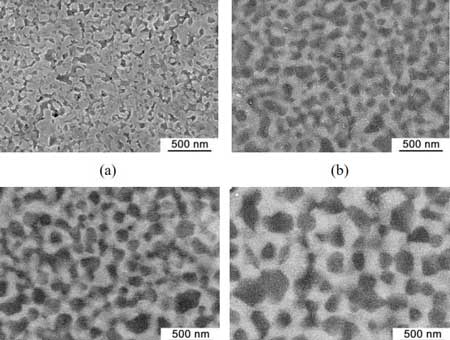Nanowerk December 30, 2019
An international team of researchers (Ukraine, Russia, China) developed Y2O3-MgO nanocomposite ceramics with uniform distribution of two phases, microhardness over 11 GPa, and average grain size of 250 nm. It is capable of transmitting over 70% of IR-range with wavelength up to 6,000 nm. The IR transparency increases with the increasing of sintering temperatures, and top values are reached at 1,300-1,350 °C. This is due to the increase of sample density, grain growth, and the reduction of grain boundary length. Due to the submicron size of the grains and their even distribution in the whole volume of the material, the yttrium oxide and magnesium oxide ceramics possesses advanced optical, thermophysical, and mechanical properties (thermal stability, thermal conductivity, hardness, etc.) and surpasses its single-phase commercial analogs Y2O3 and MgO by these parameters. The new material can be used in modern high tech production processes, for example, to manufacture shielding windows for IR systems in aerospace engineering…read more. TECHNICAL ARTICLE

FESEM images of Y2O3-MgO composite SPS ceramics sintered at 1100 °C (a), 1200 °C (b), 1250 °C (c) and 1300 °C (d). (Image: FEFU)